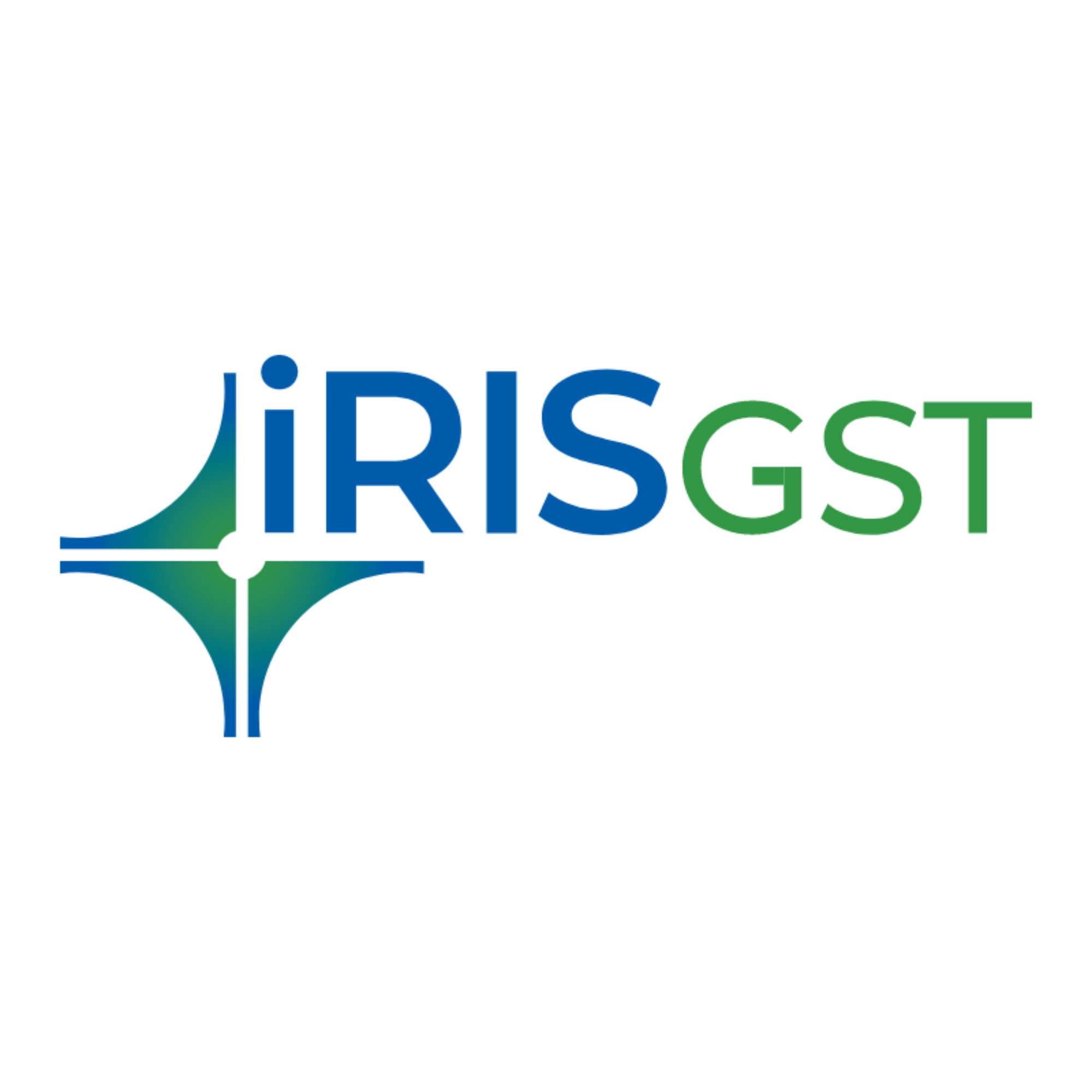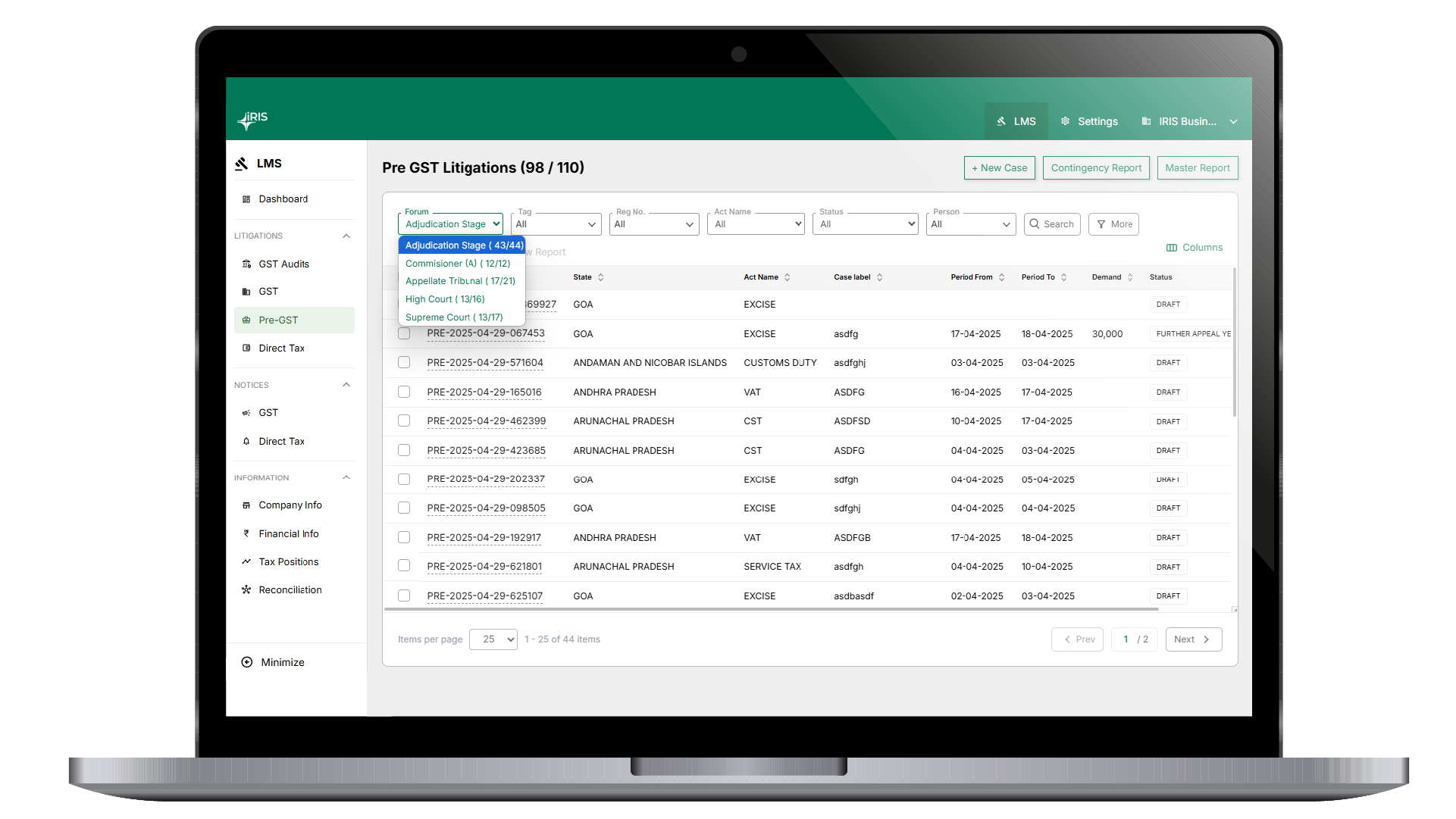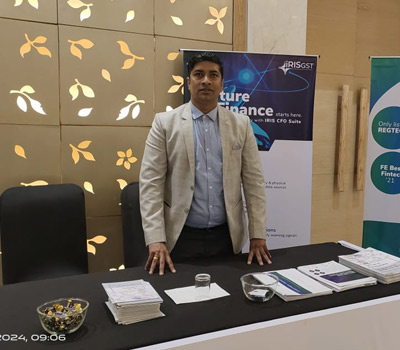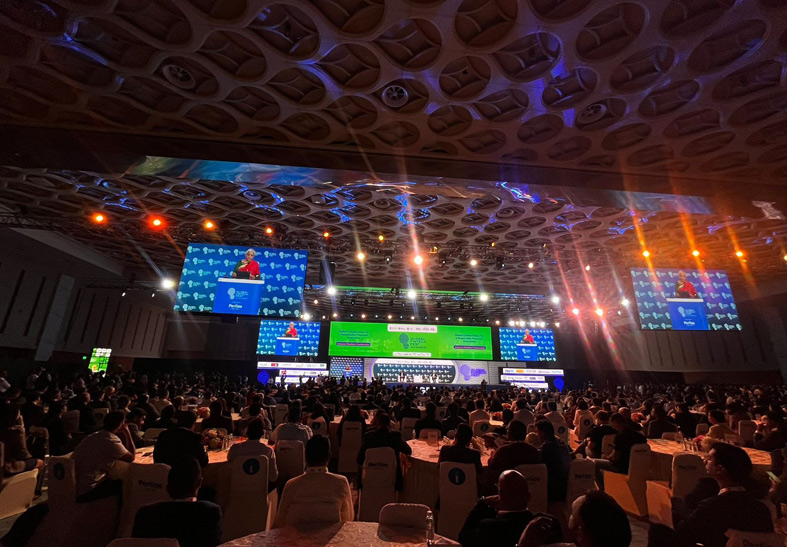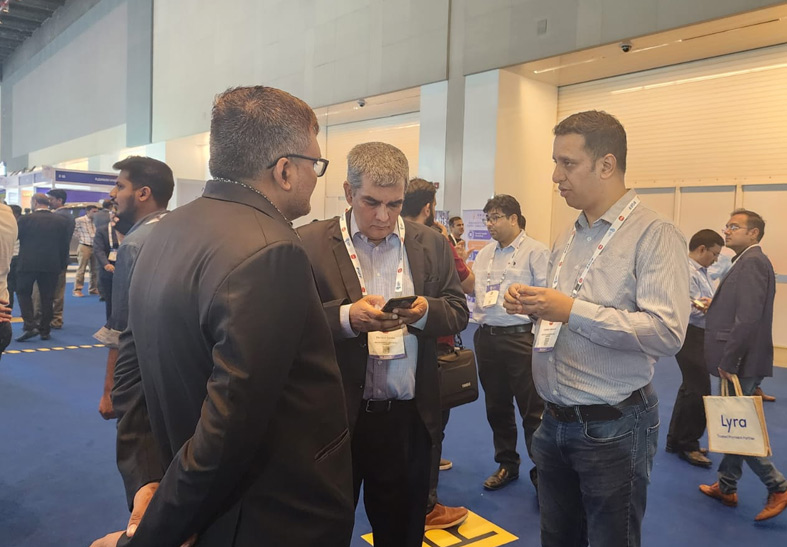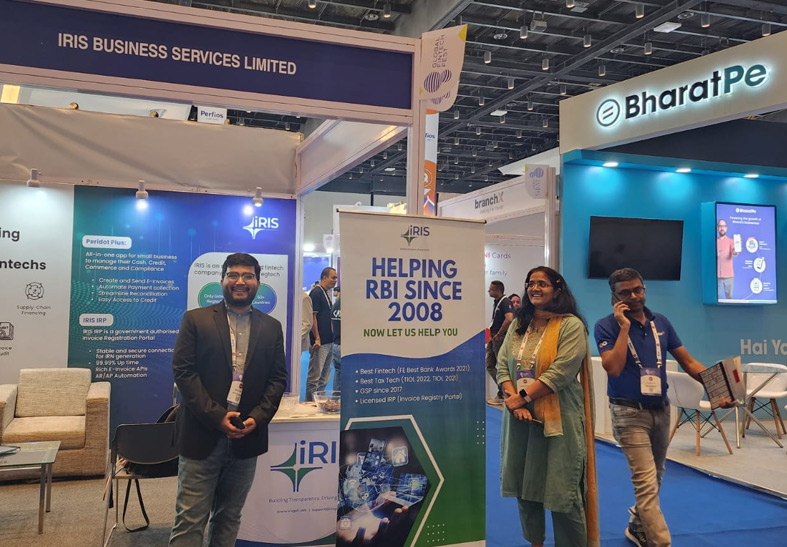
The Invoice Management System (IMS) has been a pivotal tool under the GST framework, aiding taxpayers in invoice reconciliation and Input Tax Credit (ITC) management. With the Supplier View functionality recently introduced, suppliers now have enhanced visibility into the status of their invoices, ensuring better coordination with recipients and minimizing compliance disputes.
Supplier View in IMS
Launched on 14th October 2024, the IMS allows recipients to accept, reject, or mark invoices as pending based on their suppliers’ GSTR-1/1A/IFF submissions. Effective from the October 2024 period, recipient actions in IMS will directly influence the generation of GSTR-2B. To complement this, the Supplier View was introduced, enabling suppliers to track the actions taken by their recipients on outward supplies reported. This feature provides clarity and minimizes disputes, ensuring transparency in the reconciliation process.
- Real-Time Status Updates: Suppliers can now track whether their invoices were accepted, rejected, or kept pending.
- Facilitating Timely Corrections: If an invoice is rejected due to errors, the supplier can rectify and re-upload the corrected invoice before the recipient files their GSTR-3B.
This functionality bridges the communication gap between suppliers and recipients, reducing instances of mismatched data and enhancing compliance accuracy.
Also, kindly note that the below mentioned records/invoices are not available in IMS for taking any kind of actions by the recipient but are visible in supplier view with the status as ‘No Action Taken’:
- Documents where ITC is not eligible either due to POS rule or Section 16(4) of the CGST Act
- Records attracting RCM Supplies.
Supplier’s Role and Responsibilities in Ensuring Compliance
The Supplier View functionality underscores the critical role of suppliers in the GST ecosystem:
- Accurate Reporting: Suppliers must ensure that invoices uploaded to GSTR-1/1A/IFF are error-free to reduce rejections or disputes from recipients.
- Real-Time Monitoring: By accessing the Supplier View, suppliers can proactively identify recipient actions—whether invoices are accepted, rejected, or marked pending—and address discrepancies promptly.
- Prompt Corrections: In cases of rejections, suppliers should rectify and re-upload invoices before the GSTR-3B filing deadline to avoid penalties or mismatches in ITC.
Addressing Common Errors in IMS
Errors in invoices can lead to disputes and compliance issues. Some common mistakes include:
- Incorrect GSTINs or invoice numbers.
- Mismatched taxable values or tax rates.
- Missing or incomplete information.
By leveraging the Supplier View, suppliers can promptly identify and rectify these errors.
When Invoice Rejections Affect Supplier Liability
Invoice rejections by recipients are not just a compliance challenge but can also increase the supplier’s liability:
- Impact on ITC: Rejected invoices may lead to ITC reversal if already availed by recipients. This necessitates corrections and proper communication to prevent cascading effects.
- Liability for Mismatches: Suppliers bear the financial burden of discrepancies caused by errors in their outward supplies, making accurate filing crucial.
Benefits of the Supplier View
The Supplier View brings multiple benefits to the table:
- Enhanced Transparency: Suppliers can track recipient actions in real time, ensuring accountability.
- Improving ITC Accuracy: With real-time visibility, suppliers can ensure their invoices align with recipient expectations, leading to fewer errors in ITC claims.
- Reduction in Disputes: Clear visibility into invoice status helps suppliers address issues before filing returns, reducing potential litigation.
Key Considerations for Taxpayers
Suppliers should remain vigilant while using the Supplier View:
- Timely Rectifications: Ensure errors are addressed within the prescribed timelines.
- Effective Communication: Engage with recipients to clarify issues and avoid unnecessary rejections.
- Proactive Monitoring: Regularly check the status of invoices to prevent last-minute corrections.
Conclusion
The introduction of the Supplier View in IMS represents a significant leap forward in GST compliance. By equipping suppliers with tools to monitor invoice status and resolve discrepancies, this feature enhances transparency, reduces errors, and fosters a collaborative compliance environment. Suppliers and recipients alike stand to benefit from this innovation, which strengthens the integrity of the GST ecosystem.
To fully leverage this feature, taxpayers must ensure accuracy in their reporting processes and remain proactive in addressing discrepancies. The Supplier View is not just a technological enhancement but a strategic step toward a more robust and streamlined tax compliance framework.
